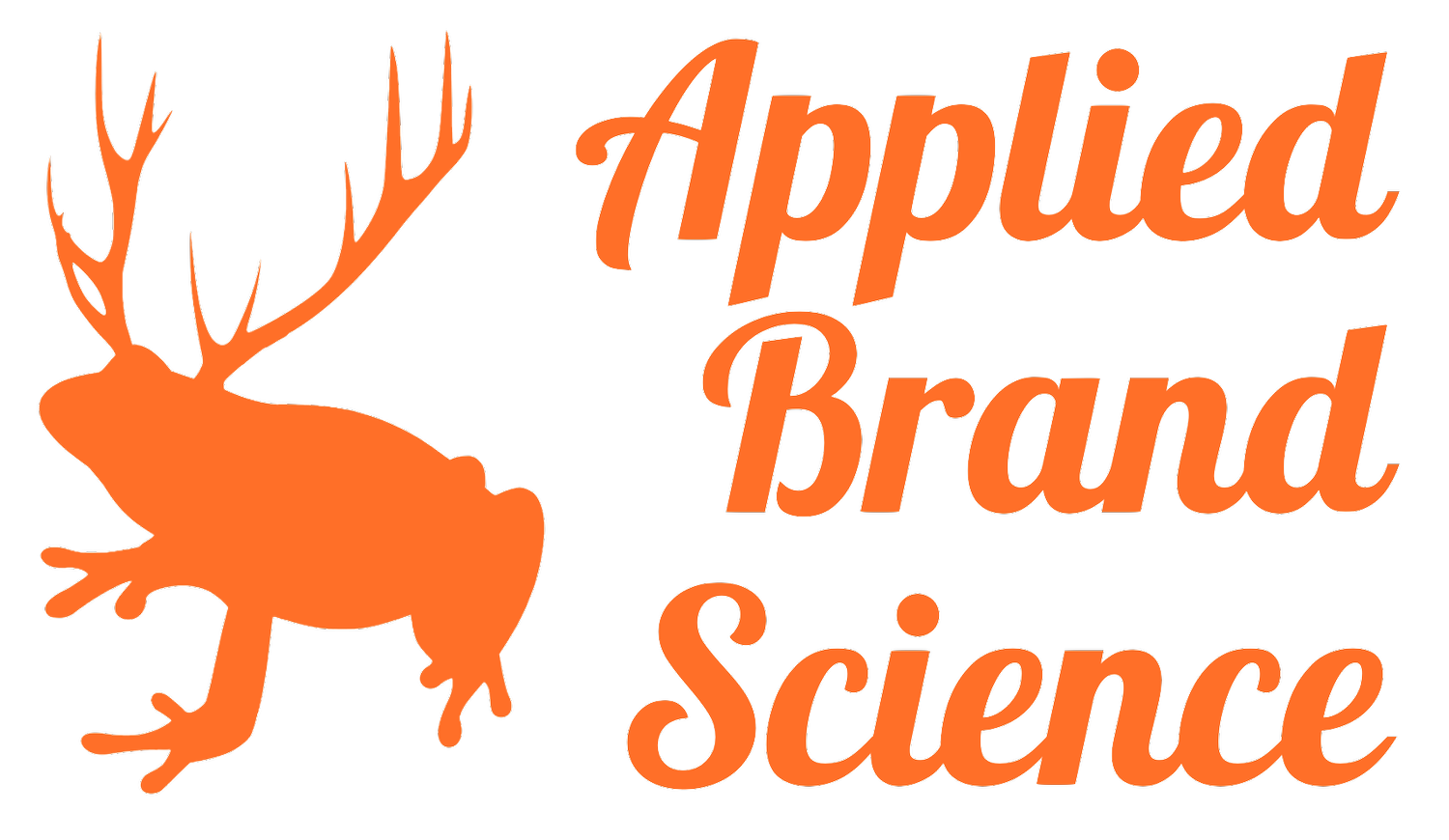Cognitive illusions
Here's one reason brand science is hard: shoppers are at times totally logical & utterly irrational.
Ever see a product priced at $9.95? Yeah, that's an obvious trick to make you think it's cheaper than $10.00. They're everywhere. They're called "charm prices." And they work: things priced at $X.99 sell better than things rounded up by a penny.
The problem is, you can't UN-see the trick. It's like an optical illusion: even though you know it's an illusion, you're still tricked.
For instance, Kanzia's triangle is just three circles with pie slices taken out of them, arranged in a certain way. But we can't help but see the invisible triangle they create.
There are loads of these cognitive illusions. "Expensive = higher quality." "Limited quantity = more desirable."
This is true even for supposedly highly-rational people. And for you and me too.
So don't just use the economist's model of the perfectly-rational human (though often that works pretty well). Use the behavioral economist's model of the bias-prone, illusion-prone, irrational one too.

